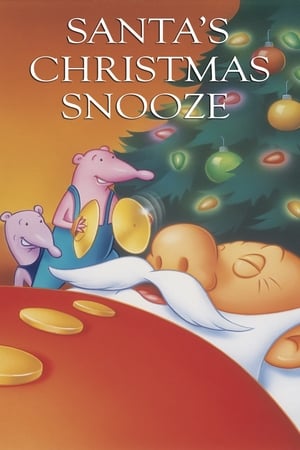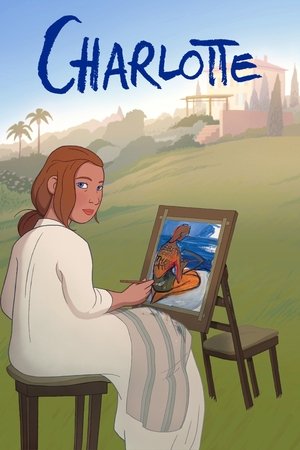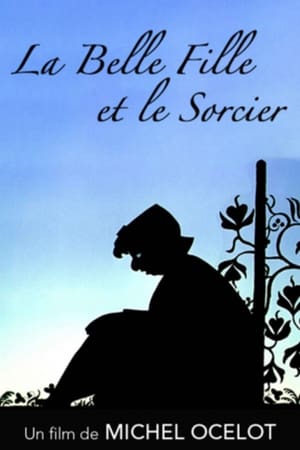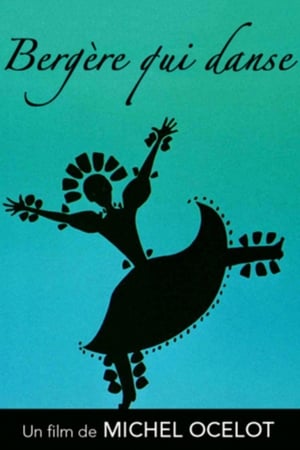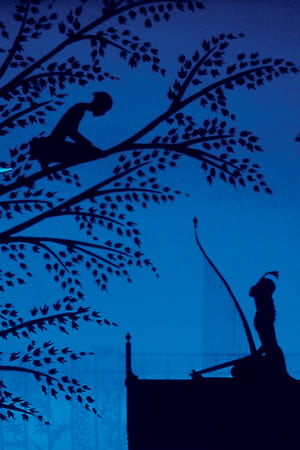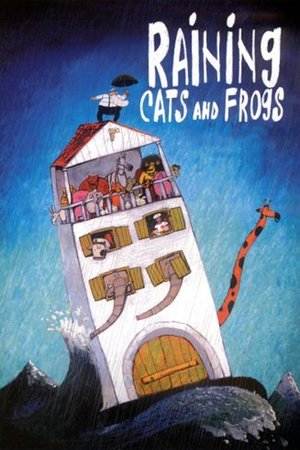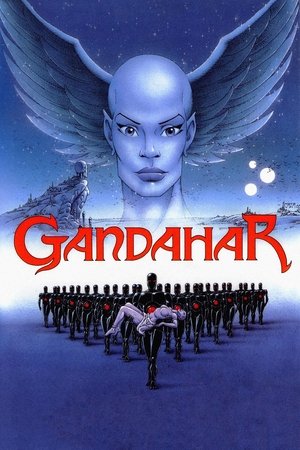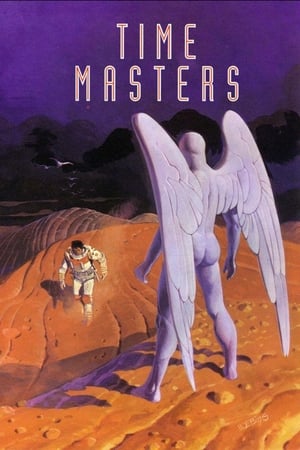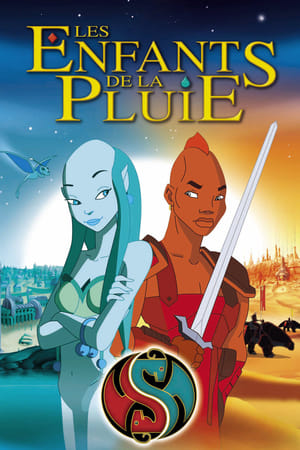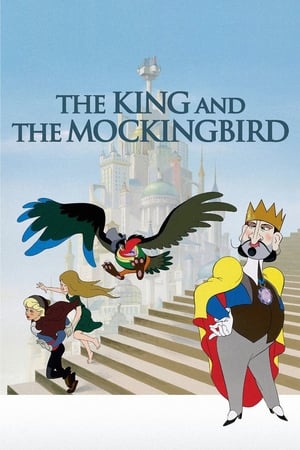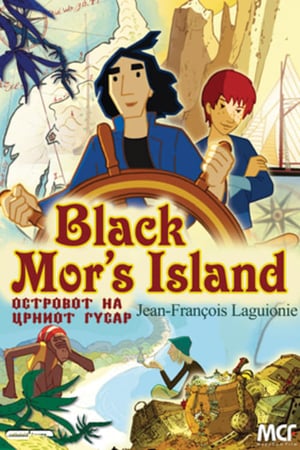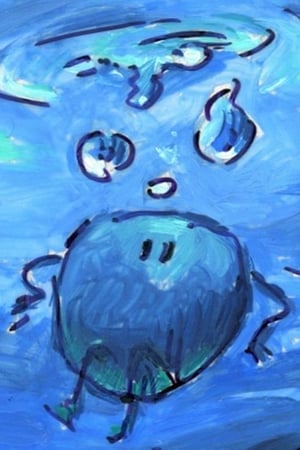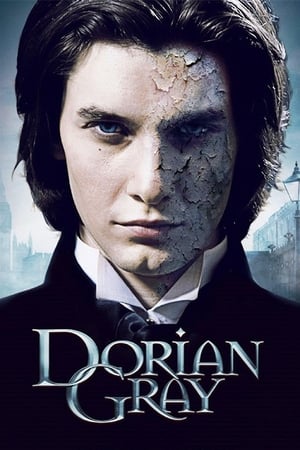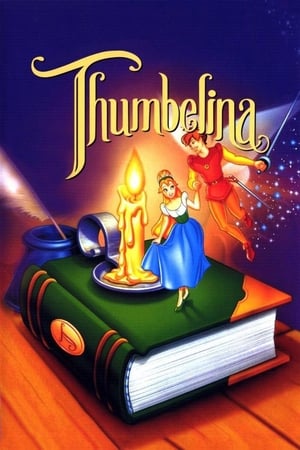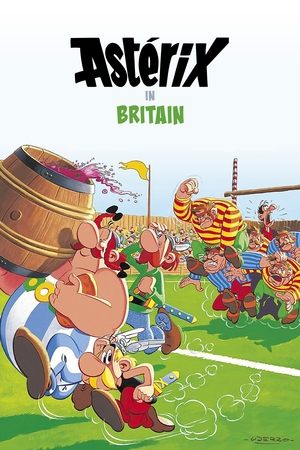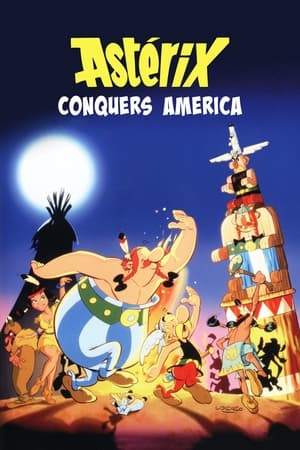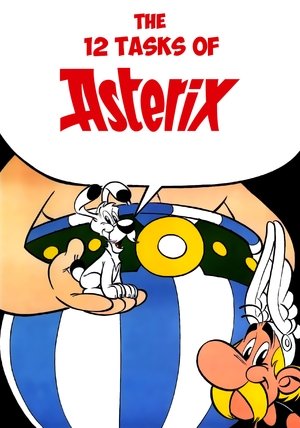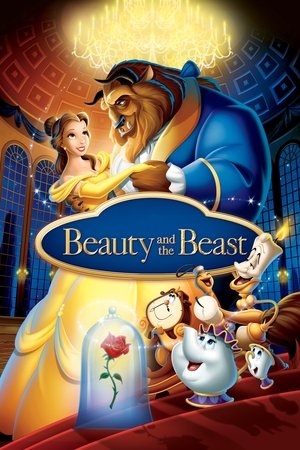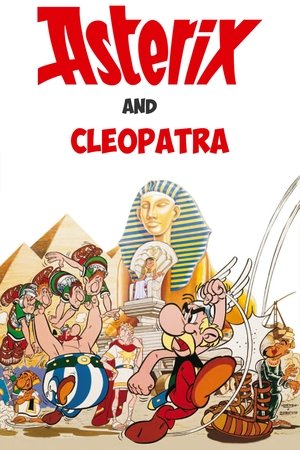Overview
Three characters living in an unfinished painting venture out into the real world in search of their creator to convince him to finish his work.
Reviews
Le Tableau is a rather clever pastiche of Romeo and Juliet and The Wizard of Oz. It’s also a palimpsest, rich in content and meaning below the surface. Star-crossed lovers Ramo (Adrien Larmande) and Claire (Chloé Berthier), must hide their romance, not because of their surnames, but as a result of differences in class and religion.
We've seen this a million times before, but never as in this animated film co-written and directed by Jean-François Laguionie. Ramo and Claire are figures in an incomplete painting; he belongs to the aristocratic Toupins (tout peint, or 'fully drawn'), who live in the palace, and she to the stigmatized Pafinis (Pas fini, or 'not finished'), who occupy the garden (there are also the Reufs, exiled in the "Cursed Forest" with its "Flowers of Death").
The Pafinis await the return — the Second Coming, so to speak — of the Painter (appropriately performed, in voice and body, by Laguionie himself, who personally designed each of the characters), so he can finish them.
The Toupins, agitated by the Great Chandelier (Jacques Roehrich), believe that the Painter will not return because his work is already done (“And if he made us, the Toupins, the only perfectly drawn beings in his works, it is because such was his intention"). As for the Reufs, "it is said that they believe in nothing."
The love story is, counterintuitively, the weakest aspect of the plot — in particular plain and tall Claire, designed in Amedeo Modigliani's elongated style; fortunately, the true heroine is Lola (Jessica Monceau), who has the physiognomy and the self-assurance of a young Salma Hayek.
She takes on the role of Dorothy alongside the Lion, Scarecrow, and Tin Man who are Ramo, Plume (Thierry Jahn) — a Reuf whose friend was turned into abstract art under the Toupins' boots —, and Magenta (Thomas Sagols), a soldier from another painting.
The foursome literally walk through the fourth wall, leaving their paintings to visit the apparently abandoned studio of the Painter, about whom they nonetheless learn quite a bit thanks to some of his other works, including a self-portrait and a nude of an former lover named Garance. It is through this painting that the protagonists access Venice; that is, the Venice of the Painter’s dreams: an endless carnival concealing deep sadness and loneliness.
Eventually, the heroes tired of waiting for God's help and start helping themselves; with the help of the self-portrait and the materials they find in the studio, the 'unfinished' finish themselves. This is interesting because it is not the Toupins who learn to accept the Pafinis as they are, but the Pafinis who change to fit in with the Toupins; however, Le Tableau is not so much about tolerance as it is about free will (as the Painter tells Lola, when she finally finds him: "I didn't abandon them; [on the contrary], I gave them the essentials)". Notably, Lola is the only Pafini who declines to become a Toupin, as well as the only one who refuses, so to speak, to be confined to a frame.
Le Tableau is an impressive collage, not just of styles — 3D digital animation made to look hand-drawn, mixed with live action and photorealistic CGI (arguably the best use of these modern technologies I've ever seen), through which hommage is made to Chagall, Modigliani, Picasso and Matisse —, but mainly of ideas; a reflection on the nature of art, reality, perception and identity, and on the role of the artist as a demiurge.

 80 min
80 min
 6.994
6.994
 2011
2011
 Belgium
Belgium
 tmdb28039023 wrote:
tmdb28039023 wrote: